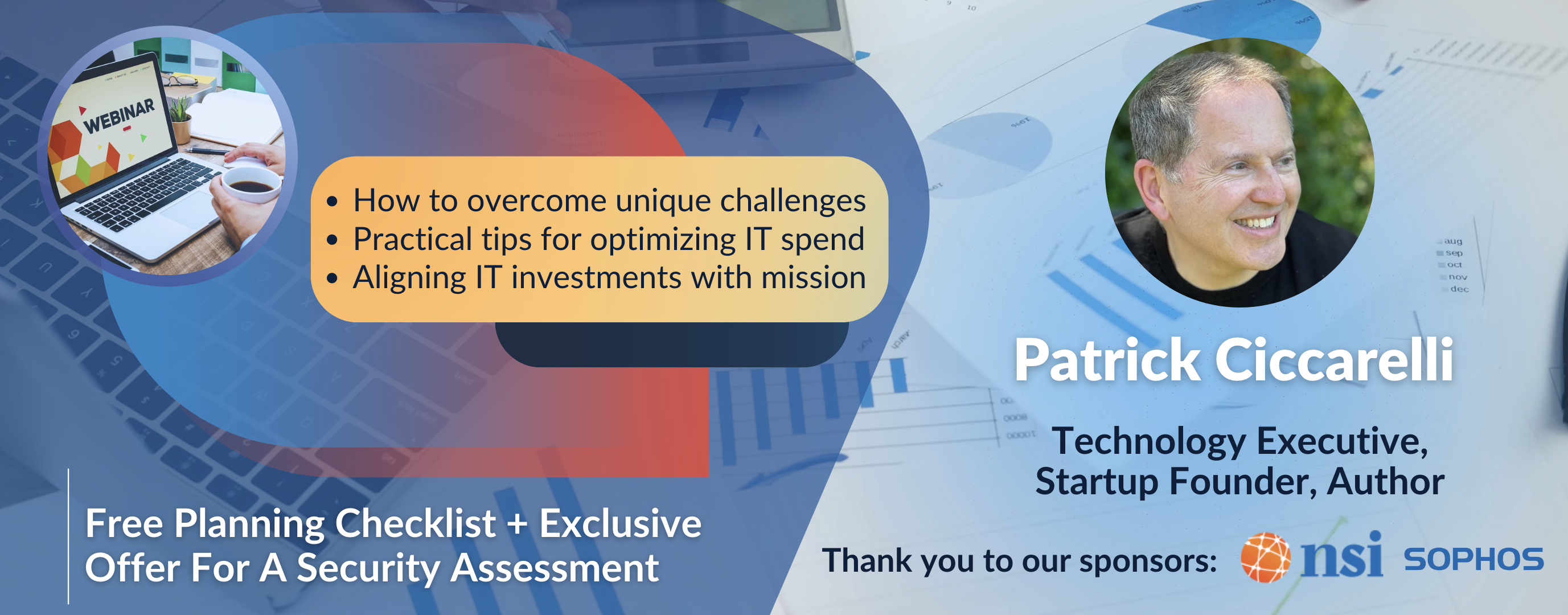Each year brings new possibilities for nonprofit organizations, especially when it comes to technology. However, investing in technology without a clear strategy can quickly deplete your budget and hinder your organization’s ability to achieve its mission. That’s why it’s crucial to have a well-planned IT budget in place, especially for nonprofit organizations that are often working with limited resources. Below are some tips to keep in mind this budget season.
You can also register for our next live webinar, “IT Budget Planning For Nonprofits” happening on Wednesday, March 20th at 11:00AM (Pacific). Register here and you will also receive an “IT Budget Planning Checklist For Nonprofits” and more free resources.
1. Define your goals
2. Evaluate current and past spending
Tracking your organization’s past and current technology spending is crucial in creating a realistic budget for the future. Take the time to review your expenses in the past year and identify areas where you may have overspent or underspent, as well as which investments were beneficial to your organization. This will give you a better understanding of where to allocate funds for the upcoming year and where to make cuts. You may find technologies that didn’t provide the expected results and cut them from your budget in favor of new investments. Alternatively, certain software or systems may no longer be relevant to your organization’s current needs, and reallocating those funds toward more effective solutions can help maximize your budget.
Evaluating your spending patterns can also be helpful for predicting cash flow. If you typically experience an influx of donations during certain times of the year, plan your IT investments accordingly to avoid overspending when funds are low. Additionally, consider potential future expenses such as software renewals or hardware upgrades, and factor those into your budget planning.


